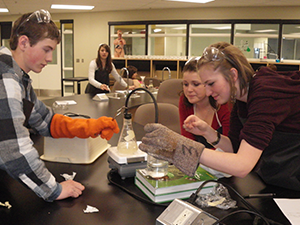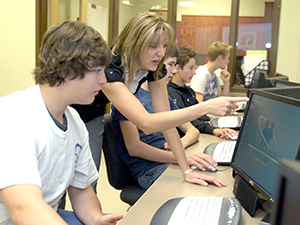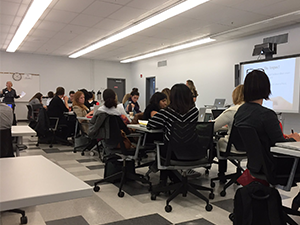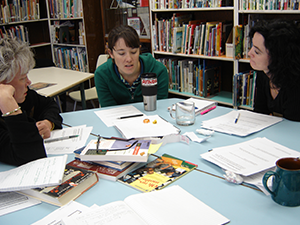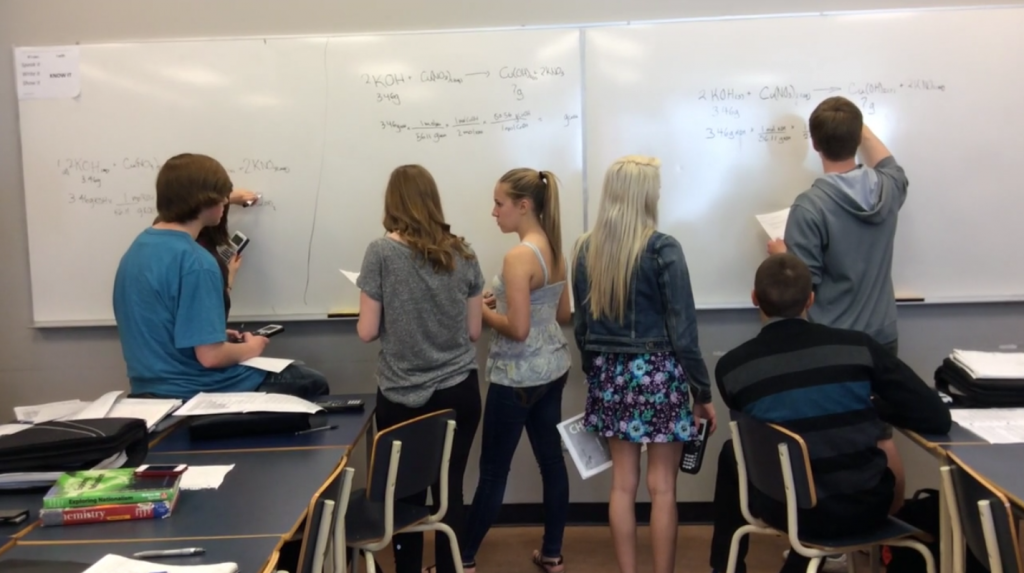Blog
Adaptive Change: Alberta’s High School Redesign
Galileo Educational Network April 25, 2017 Research and Alberta’s High School Redesign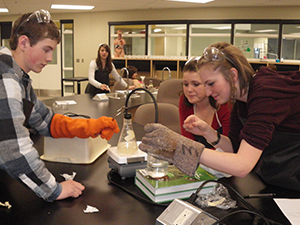
In 2008 – 2009, Alberta Education initiated the High School Flexibility Enhancement Pilot Project. In 2013, this pilot wrapped up and Moving Forward with High School Redesign was initiated. Many high schools across Alberta are now involved in Moving Forward with High School Redesign. While research was an essential component of the initial High School Flexibility Enhancement Pilot Project and many key features of the initiative were highlighted, it remained unclear what features might be transferrable to other high schools across the province. In 2015-16 a research study was initiated to address the following questions:
- What conditions exist within the school that allow for the scalability of the high school success undertaken by the school?
- In what ways do principals support teachers’ professional learning?
- In what ways do district leaders support the principals’ professional learning?
The Highly Adaptive Learning Systems research team selected seven of the sixteen schools that participated in the initial pilot phase of the study. The team gathered data using a survey, individual and focus group interviews, and document analysis. Drawing on the strategic framework for a theory of action for change, the researchers examined conditions and learning environments that existed within each school, the ways in which principals supported teacher professional learning, and the ways district leaders supported principals’ learning. According to Alberta Education, redesigning high school requires changes to:
- School culture (made up of the values, beliefs and shared meaning of all stakeholders);
- School leadership (has a key role in improving classroom practice, informing school policies and making connections beyond the walls of the school building);
- School pedagogy (the art and science of teaching); and
- School structure (include organizational structures that allow learning to occur under a variety of circumstances and conditions).
The team also examined how principals supported teacher professional learning within and across schools, and how principals were supported in and across school authorities. This was in order to determine whether present high school redesign initiatives build adaptive capacity; that is, whether learning is effective throughout the various layers within the system. Eleven findings emerged from this study. The eleven findings provide a deeper understanding of the conditions that impact change; from student/teacher interactions to the leadership and pedagogy required amongst teachers and administrators to create adaptive learning systems in high schools.
In this next series of blogs, we’ll further unpack these findings, and explain what an adaptive learning system looks like for all players working and learning in Alberta’s high schools.
The research was reported in Highly Adaptive Learning Systems: Research in Seven Redesigned High Schools in Alberta, which informs Alberta’s current Moving Forward with High School Redesign initiative.

